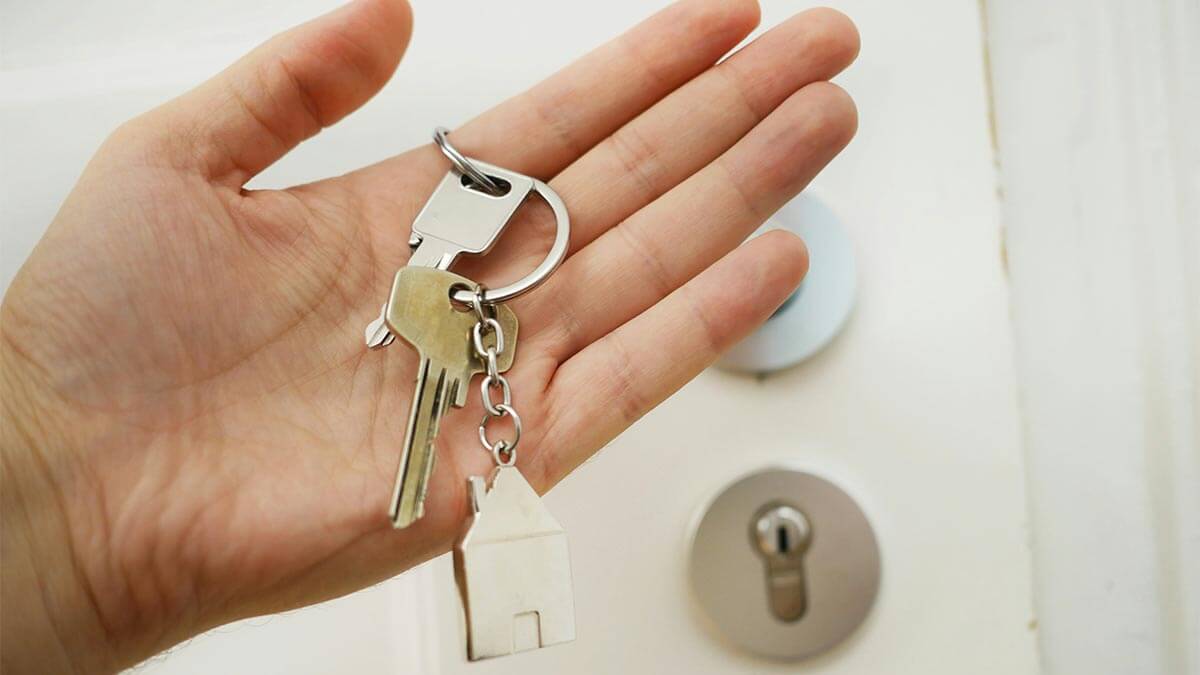Termites: they can cause huge problems for your home, and can be among the most troublesome pests to get rid of from your beloved property. They can cause a lot of damage, some of which can be tricky to fix or replace – and you could be faced with a costly repair bill at the end of this experience.
What are termites, though, and what do they do to damage your home? Here’s what you need to know about these common household pests, including how to identify them, the important warning signs, and what you can do to get rid of them for good.
What are termites and what do they look like?
There are around 2,200 species of termites, most of which are living in the tropics. Termites recycle wooden items into the soil by feeding on cellulose (the main cell wall part of plants) and break it down.
Subterranean, or underground termites, cause the most damage by this species. They will eat the framing of buildings from the bottom and continue upwards. The wood will generally be full of moisture and be much softer than normal. Drywood termites enter through rooflines; damp-wood variants prefer places that are likely to have water leaks (e.g. bathrooms and basements).
Termites do look similar to winged ants, but they have straight antennae and wide waists. Both pairs of termite wings are the same size, too. Some worker termites are translucent, while others are gray or brown.
The good news is that termites won’t negatively affect your health. However, they can cause a lot of problems for your home. It’s thought that infestations from termites can cause more than $5 billion of property damage every year. Many homeowners’ insurance policies don’t cover termite problems, either.
What are the common signs that my home has termites?
Termites like to eat wood from the inside out, so if your wood sounds hollow when you knock on it, you could have a problem. Another sign is that you see instances of rotting wood. If you have drywood termites, then you might also find frass: these powdered shavings will be left behind when they eat through wood.
Another way to identify if you have termites is if you see mud tubes. Subterranean termites will build small tunnels made up of dirt, liquid excretions and fecal matter on a route between different areas of wood. You will most likely see these on the surface of drywall or coming out of the ground.
You are unlikely to see termites, though: worker termites are so tiny, two will fit onto the head of a match. They avoid going into the open, so you won’t see termites walking along the floor or on a wall.
Buckling wood won’t always mean you’ve got termites, but it is a good indicator. This is also true if you have a door that’s hard to close, or you have a hardwood floor that’s sagging.
Termite droppings can be several different colors (depending on the species), but most are usually black, tan or reddish-brown. However, that can describe most pest droppings. If you find dropping of any kind, then you’ve got an infestation of some kind.
How can I get rid of termites, and prevent future infestations?
If you suspect you have a termite infestation, then click here to call a pest control professional. DIY termite eradication or control can be dangerous, as well as time-consuming and messy. You should call an expert if you don’t have the time, money or energy to get rid of them yourself, and, because of the level of destruction that termites can cause to your property, you may need help anyway.
To prevent infestation, there are some tasks you can do. You should always keep an eye out for moist wood around your house, and make sure you get rid of this before you get an infestation. If you have any leaking faucets or downspouts, then you should repair these as soon as you can. Also, be sure to seal up any cracks in your foundations and walls.
You should schedule in DIY inspections of your property every quarter, as this is a great way to make sure termites stay away for good. So three or four times a year, go around your property with a flashlight to see if you come across any termite indicators. These will include mud tubes, moist wood, droppings, plus swelling or buckling wood. Subterranean termites like the dark, too, so use your light to look at hard-to-see places.
You could think about having a termite trench around the perimeter of your property. Fill this with a foam termiticide: this will stop termites from getting into the wooden structures of foundations, plus other items in your home (such as window and door frames, plus furniture).
Even piles of dry wood in and around your home will invite termites into your home, so make sure that you keep any woodpiles at least 15 to 20 feet away from your building perimeter. Also, make sure that your trees and shrubs have been trimmed, and any other live vegetation is a good distance from your home.
You might also want to book an annual inspection by a professional, so try to allocate a part of your home budget to this every year. You won’t find anyone who will be as thorough when inspecting your home as an expert who knows what they need to check.






























